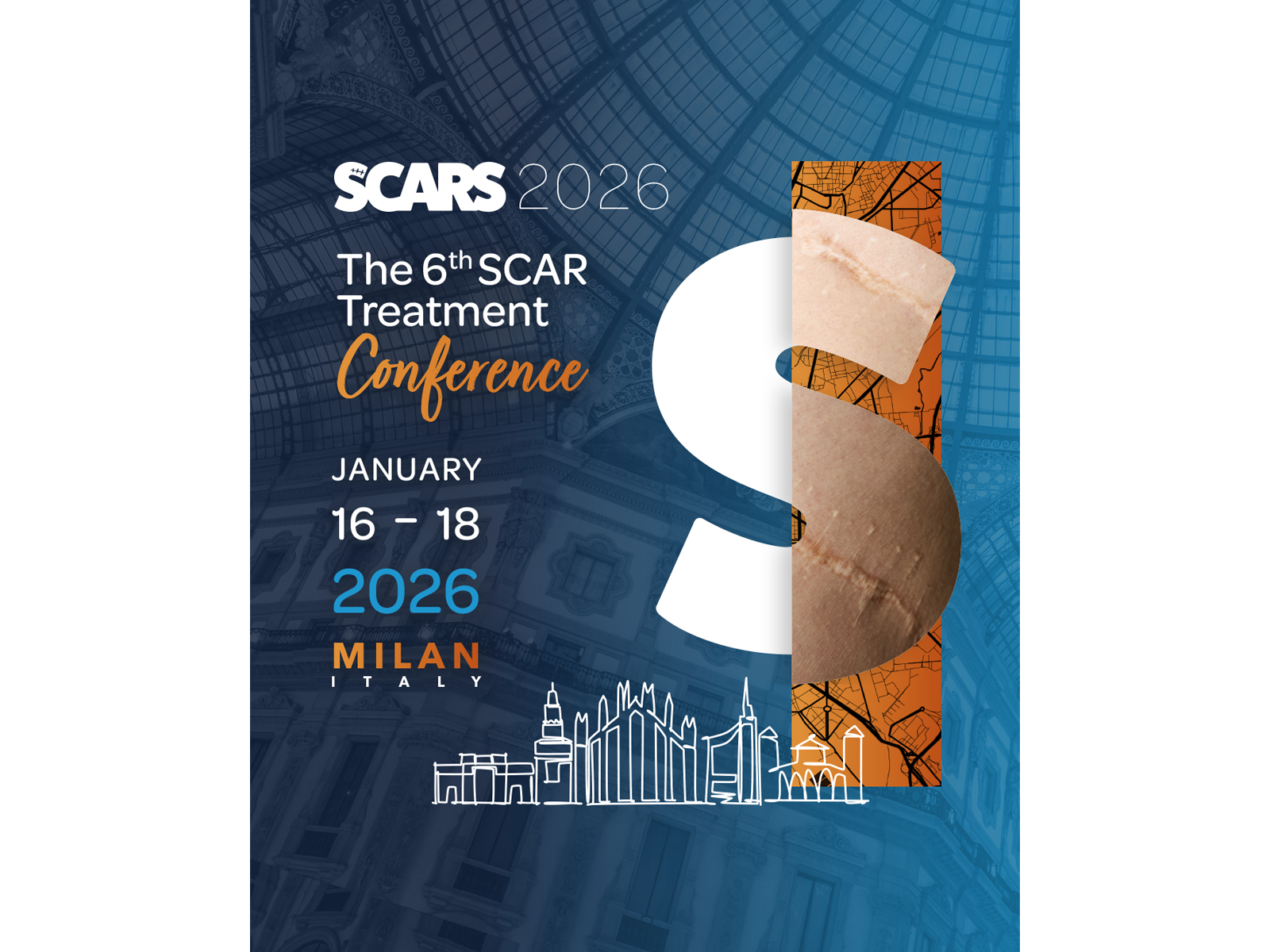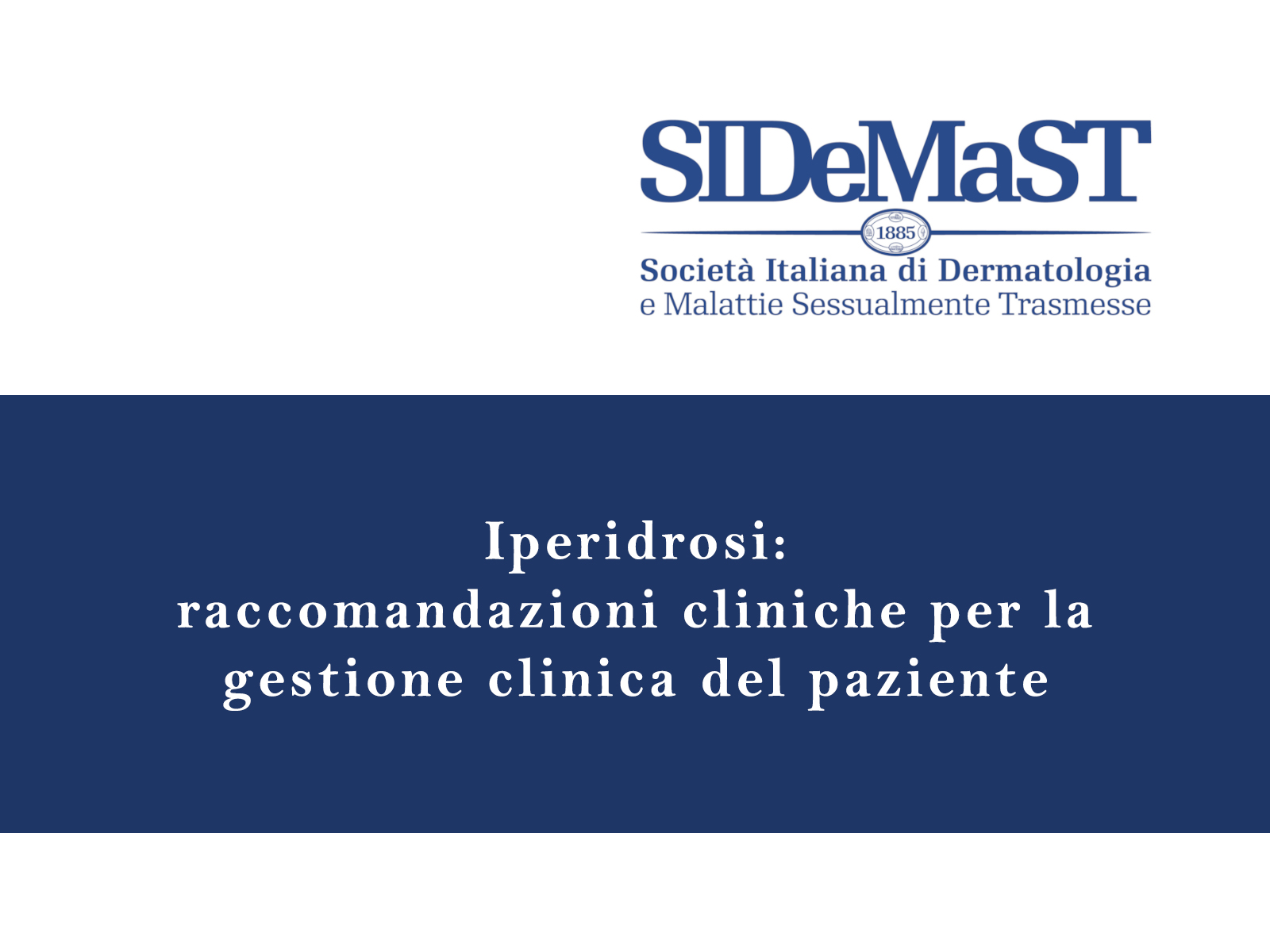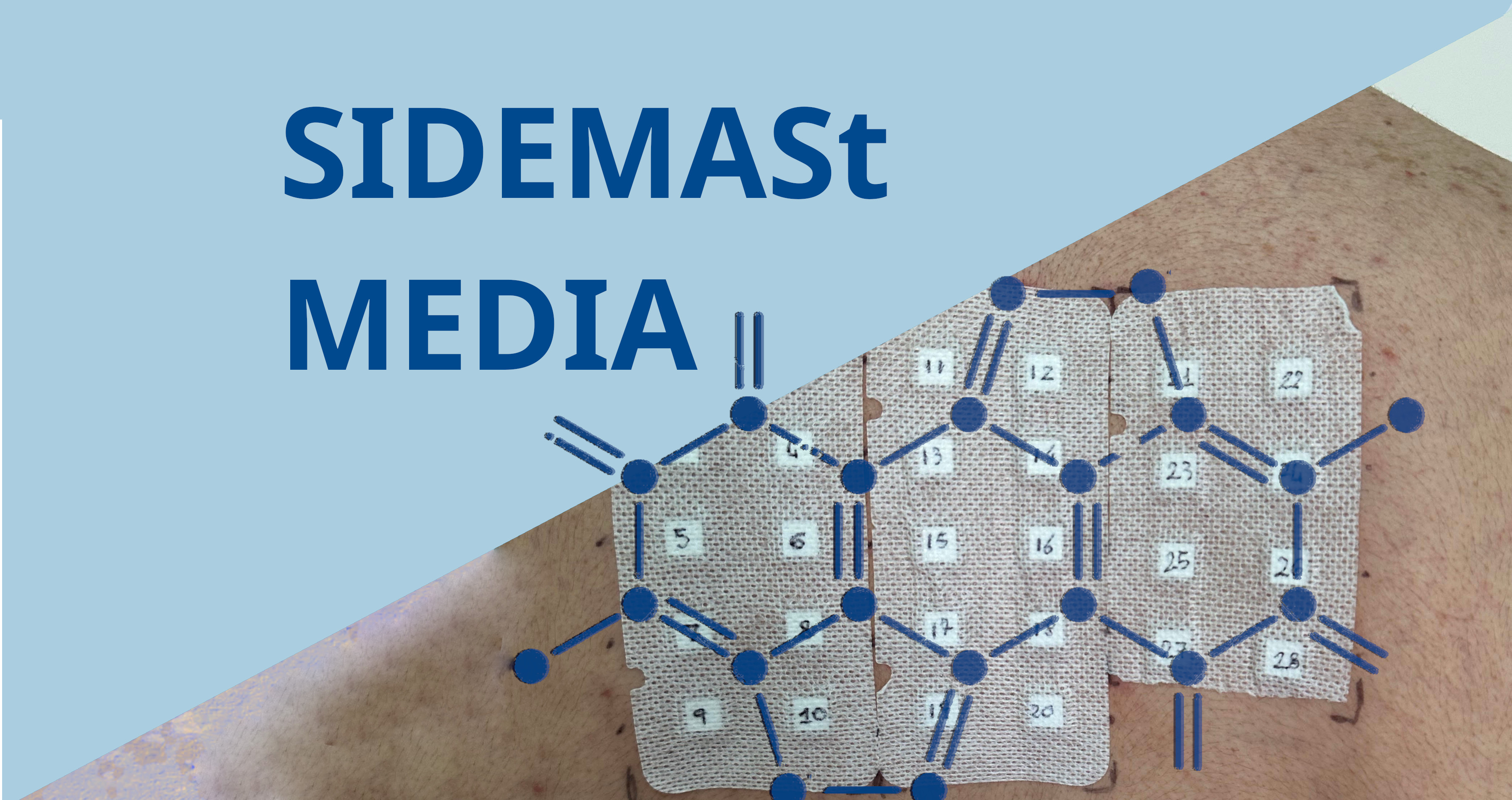The phosphodiesterase inhibitor apremilast concomitant with standard of care in the form of disease-modifying antirheumatic drugs (DMARDs) is significantly better than DMARDs alone in improving symptoms of psoriatic arthritis (PsA), according to a study presented here at the 2015 Annual Scientific Meeting of the American College of Rheumatology/Association of Rheumatology Health Professionals (ACR/ARHP).
"Our findings suggest that either 20 or 30 mg of apremilast in combination with standard of care is significantly more efficacious than standard of care alone for improving the symptoms of PsA," stated Maria A. Lopez-Olivo, MD, PhD, The University of Texas, MD Anderson Cancer Center, Houston, Texas, on November 10.
An electronic database search conducted from website inception to October 2014 involved the Cochrane Central Register of Controlled Trials, MEDLINE, EMBASE, and Web of Science. ClinicalTrials.gov was also scoured, as were citations of potential relevance. The search criterion was any controlled trials comparing apremilast alone or in combination with a DMARD versus placebo or conventional/biologic DMARD.
The primary outcome was ACR-rated improvement by at least 50% in the number of tender and swollen joints and a 50% improvement in at least 3 patient assessments of disease status/pain/function, physician's assessment of disease status, and serum level of C-reactive protein. Secondary outcomes were disease activity measured as a DAS28 (disease activity score 28) of >1.2, functional ability assessed using health assessment questionnaire (HAQ), quality of life SF-36 (short form 36 items), discontinuation rates, and adverse events apparent within 6 months of treatment initiation.
The search netted 5 studies, all of which were 24 weeks in duration. Four were phase 3 studies: PALACE 1 through 4 (NCT01172938, NCT01212757, NCT01212770, and NCT01307423, respectively). The other was a phase 2 study (Schett G et al. Arthritis Rheum. 2012;64:3156-3167). All included concomitant treatment with DMARDs, glucocorticoids, or nonsteroidal anti-inflammatory drugs. The studies were funded by the drug manufacturer. All were considered likely to have performance and detection biases because apremilast was compared to placebo until week 16, with placebo nonresponders then receiving apremilast.
The 2,005 patients had a mean age ranging from 48.8 to 51.4 years. About half (45.5%-52.6%) were men. The mean disease duration ranged from 6.8 to 18.3 years. The patients had been randomised to apremilast plus DMARD (n = 1,336) or placebo plus DMARD (n = 669).
At 16 weeks, ACR50 response rates in the apremilast plus DMARD arms were significantly improved compared with the control arms at apremilast doses of 20 mg (relative risk [RR] = 2.4; 95% confidence interval [CI], 1.7-3.4) and 30 mg (RR = 2.2; 95% CI, 1.6-3.2). HAQ scores were also significantly better with apremilast 20 and 30 mg than with controls (MD = -0.11 [95% CI, -0.16 to -0.06] and MD = -0.16 [95% CI, -0.21 to -0.11], respectively). Quality-of-life scores were significantly improved with the 30-mg dose of apremilast (MD = 2.6; 95% CI, 1.7-3.4). Disease activity was significantly reduced in patients who received apremilast 20 mg (MD = -0.42; 95% CI, -0.53 to -0.31) and 30 mg (MD = -0.48; 95% CI, -0.59 to -0.37) and were maintained for 24 weeks.
No differences were observed in the withdrawal rates between the groups. Patients receiving the higher dose of apremilast had higher rates of adverse events than those receiving placebo, including nausea (RR = 5.5; 95% CI, 3.4-8.7), headache (RR = 2.6; 95% CI, 1.7-4.0), and upper respiratory tract infections (RR = 1.9; 95% CI, 1.1-3.3). The incidences of serious adverse events were similar between the groups.
The value of apremilast in preventing disease progression in terms of structural damage now needs to be studied.
Funding for the study was provided by the National Institutes of Health.









